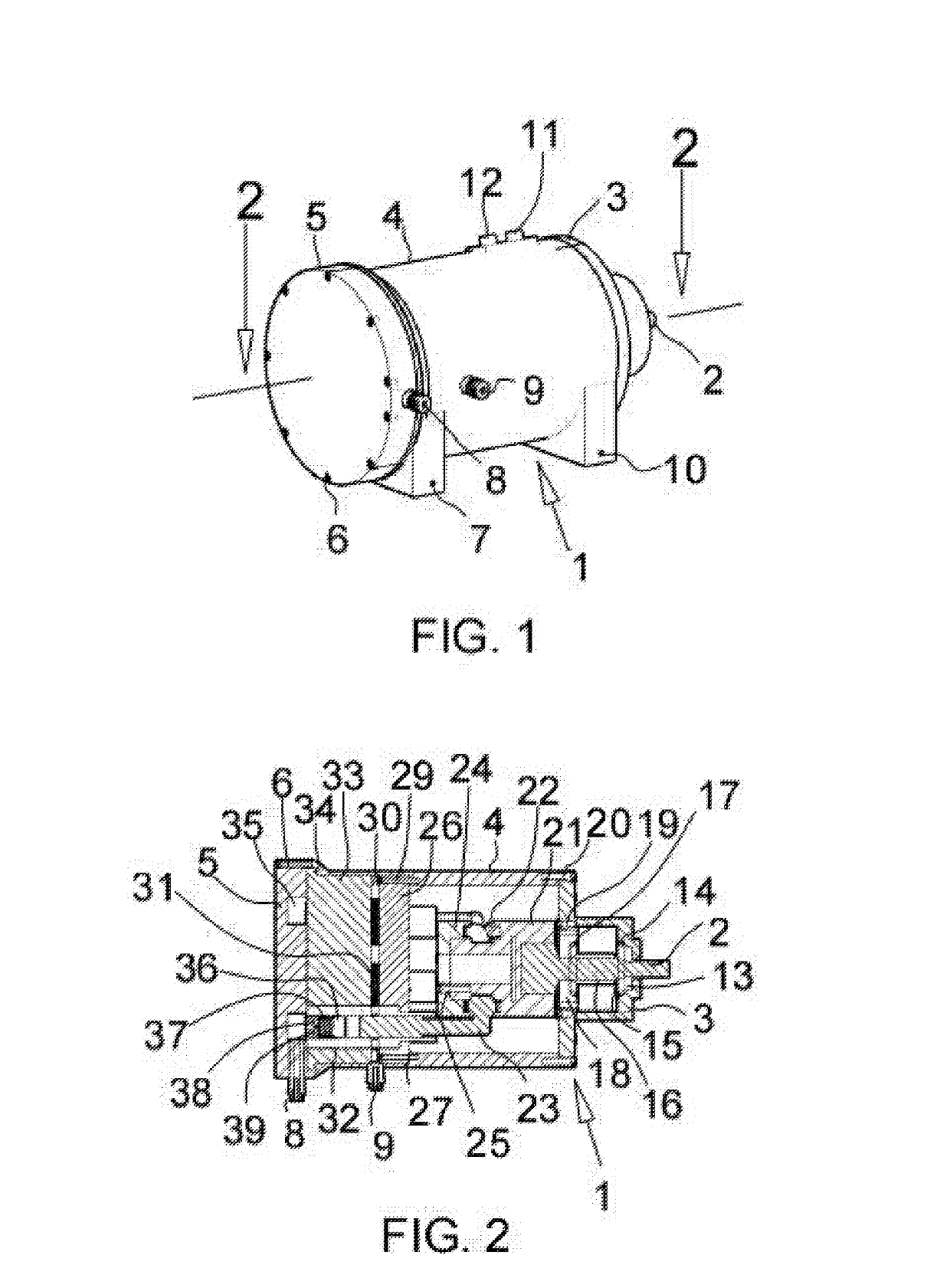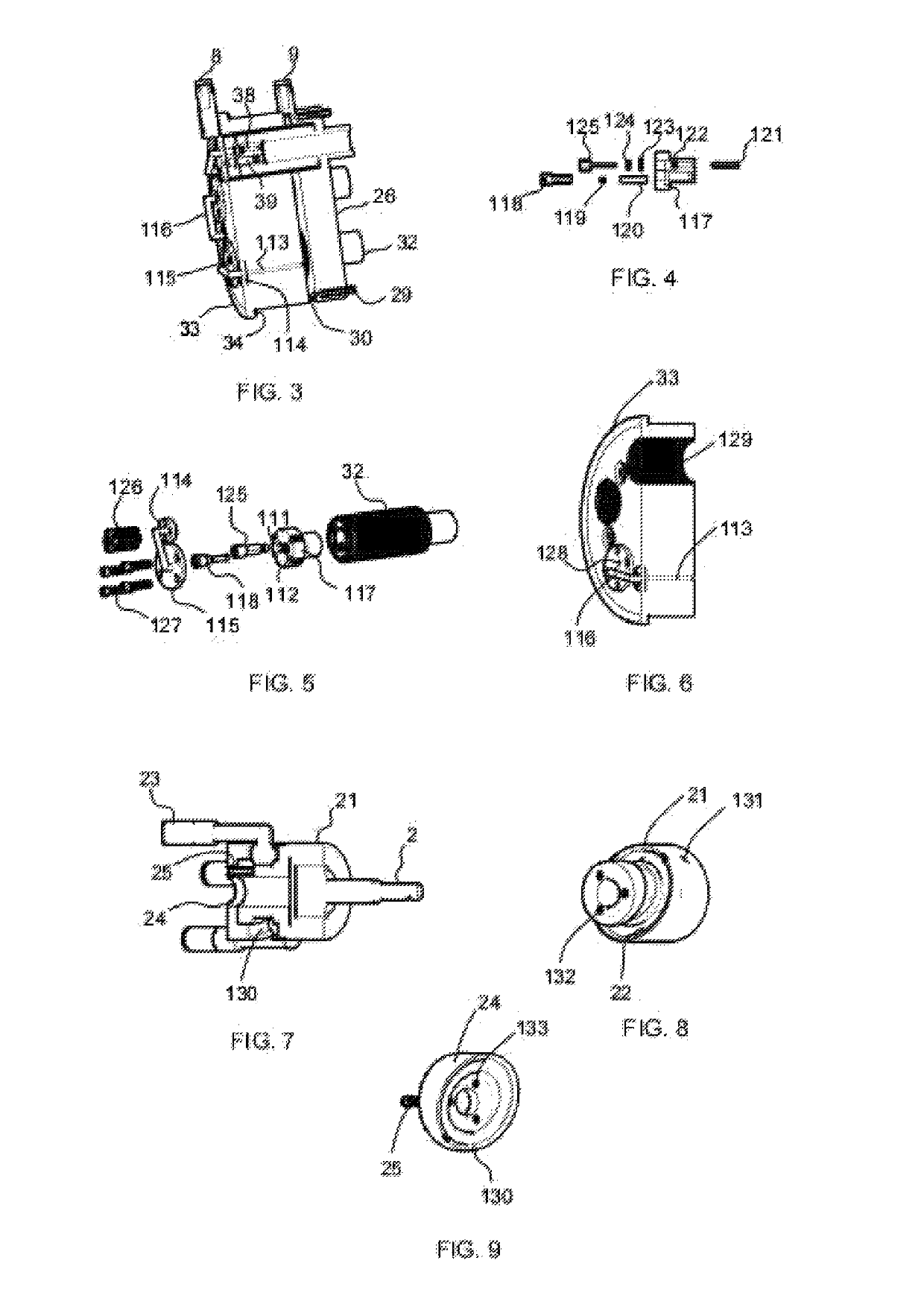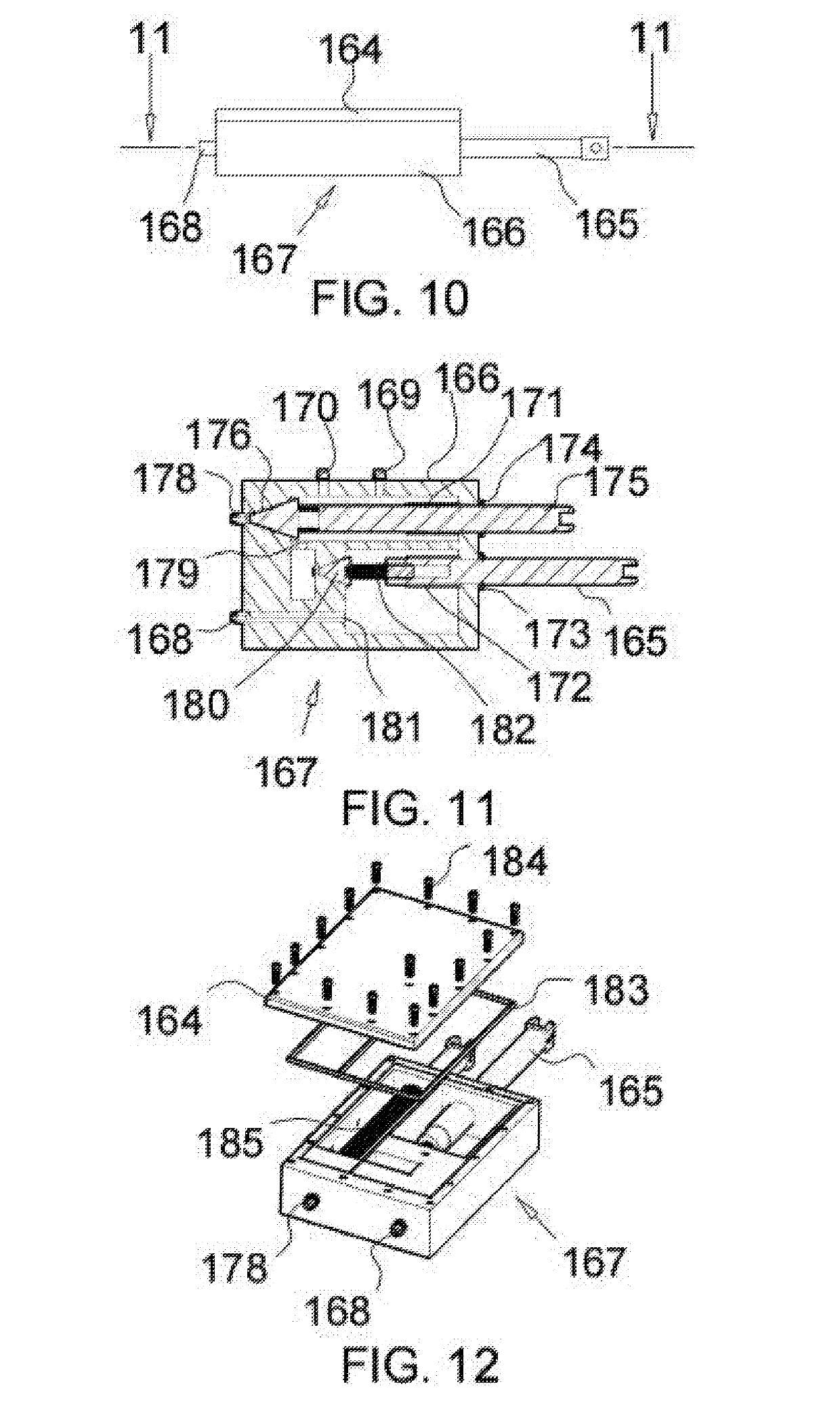Multi-Hybrid Aircraft Engine
a hybrid aircraft engine technology, applied in the field of hybrid aircraft engines, can solve the problems of difficult to fly hundreds of passengers at a time, electrical powered planes are generally slow, and electric planes tend to be slow, so as to achieve torque and speed, prolong battery life, and increase fuel efficiency
- Summary
- Abstract
- Description
- Claims
- Application Information
AI Technical Summary
Benefits of technology
Problems solved by technology
Method used
Image
Examples
Embodiment Construction
[0076]The multi-hybrid aircraft engine above is described in further detail below in connection with exemplary embodiments of the invention depicted in the accompanying drawings.
[0077]The primary compressor 1 as shown in FIGS. 1-9 has a power shaft 2 extending though a bearing support 18, a tapered roller bearing 14 and 17, a hallow rod 16, and a snap ring 15. The power shaft 2 may also go through an oil seal 13 seated in a front covering 3 that is coupled to a compressor housing 4 with bolts 20. The bearing support 18 may be connected to the front covering 3 and held together with bolts 19. The hallow rod 16 ensures that the tapered roller bearings 14 and 17 maintain their positions and the snap ring 15 may prevent the power shaft 2 from moving back and forth. The power shaft 2 may be coupled to a swash plate 21 with bolt 131 as shown in FIG. 8. The swash plate 21 has tracks 22 and 130, see FIG. 7, for mounting compressor pistons 23, and a swash plate retainer 24 coupled to swash p...
PUM
 Login to View More
Login to View More Abstract
Description
Claims
Application Information
 Login to View More
Login to View More - R&D
- Intellectual Property
- Life Sciences
- Materials
- Tech Scout
- Unparalleled Data Quality
- Higher Quality Content
- 60% Fewer Hallucinations
Browse by: Latest US Patents, China's latest patents, Technical Efficacy Thesaurus, Application Domain, Technology Topic, Popular Technical Reports.
© 2025 PatSnap. All rights reserved.Legal|Privacy policy|Modern Slavery Act Transparency Statement|Sitemap|About US| Contact US: help@patsnap.com



